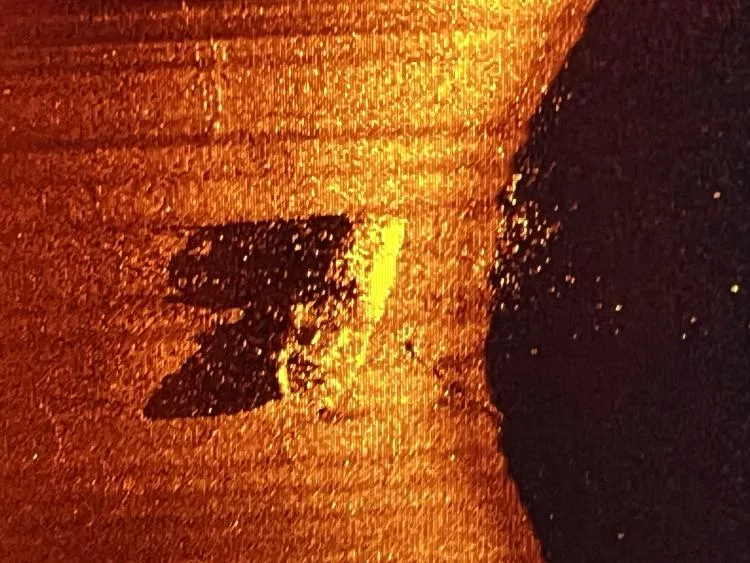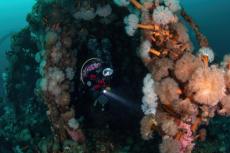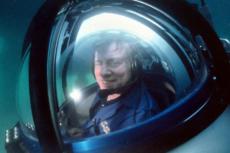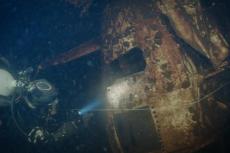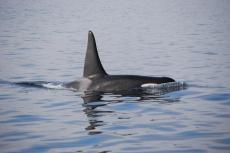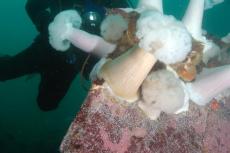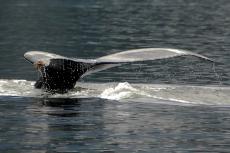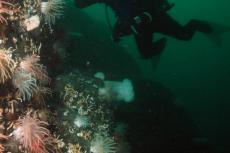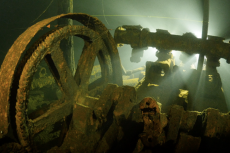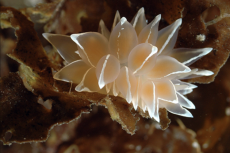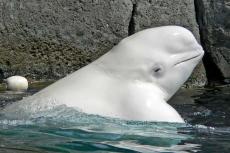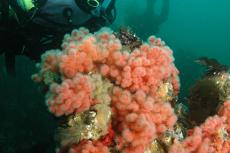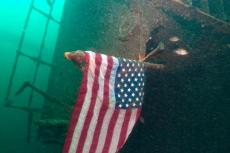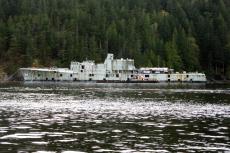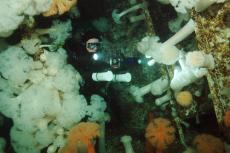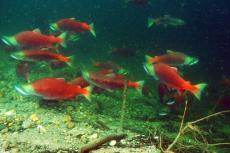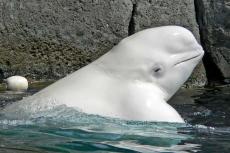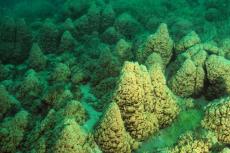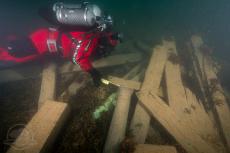Wreck of Sir Ernest Shackleton’s last ship, found in Labrador Sea
The Royal Canadian Geographical Society says it has found polar explorer Sir Ernest Shackleton’s final ship, the Quest, off Labrador's south coast, 390 metres underwater.
In a historic maritime discovery, the wreck of the Quest, the ship used by famed explorer Sir Ernest Shackleton during his last expedition, has been found off the coast of Newfoundland. This discovery, confirmed by the Royal Canadian Geographical Society (RCGS), provides a significant piece of the puzzle in understanding Shackleton’s enduring legacy in polar exploration.
The Quest was a wooden-hulled former sealer built in Norway in 1917, from which Sir Ernest Shackleton launched his final expedition, the Shackleton-Rowett Expedition in 1921-1922. Despite his death early in the voyage, the ship continued to play a critical role in the era of early polar exploration.
During the During the Second World War, the Quest served as a minesweeper in the Caribbean. After the war, the ageing vessel returned to her original purpose and it was while hunting seals in the Labrador Sea that the Quest struck ice and sank in May 1962, though all her crew were rescued.
The finding of the Quest offers historians and researchers new insights into the last days of one of the most storied explorers of the Antarctic.
Details of the Wreckage
The wreck was located through a collaborative effort involving state-of-the-art underwater technology. Five days into the search, the team’s sonar equipment detected the wreck lying on the seafloor.
Sonar scans and remotely operated vehicles confirmed the identity of the Quest, resting in waters nearly 400 meters deep. Remarkably, despite the passage of time, the ship remains relatively intact, including its identifiable steam engine and hull structure.
“The masts are knocked down, and that’s what we would expect, but the whole basically is intact,” said Search Director David Mearns. The team plans to return to photograph the wreck later this year.
The Quest served not only as a scientific exploration vessel but also as a symbol of human resilience and determination. The discovery sheds light on the conditions and challenges faced by Shackleton and his crew during their ambitious voyages. The Quest was “small, poorly fitted and reckoned exceedingly uncomfortable by those who sailed in her”, according to an exhibition on the ship at the South Georgia Museum.
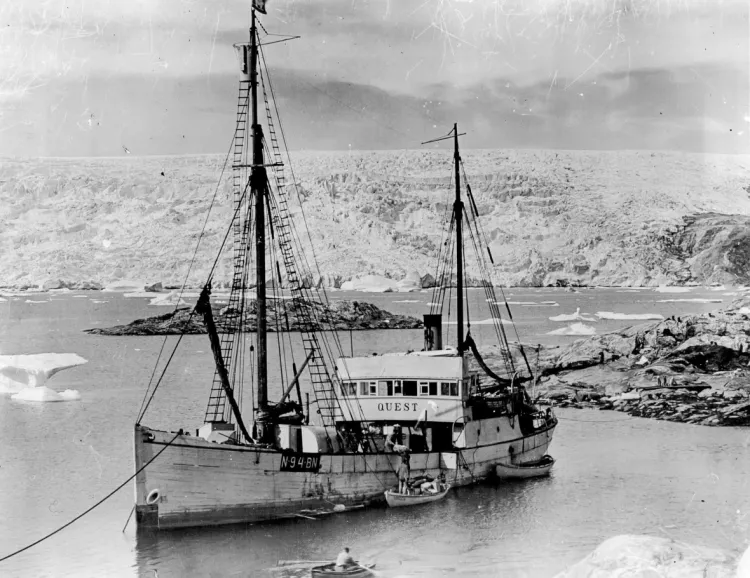
Impact
This discovery not only captivates those interested in maritime history but also provides valuable data for modern scientists studying early 20th-century shipbuilding techniques and polar exploration strategies. The site will be treated with respect due to its historical and archaeological significance, with plans for further exploration and conservation.
The discovery has been met with excitement and reverence within the scientific and historical communities. Plans are already underway for a more detailed exploration of the wreck site, which will be carefully documented and studied. The findings will likely contribute to exhibitions and educational programs, enhancing public understanding of Shackleton’s contributions to exploration.


